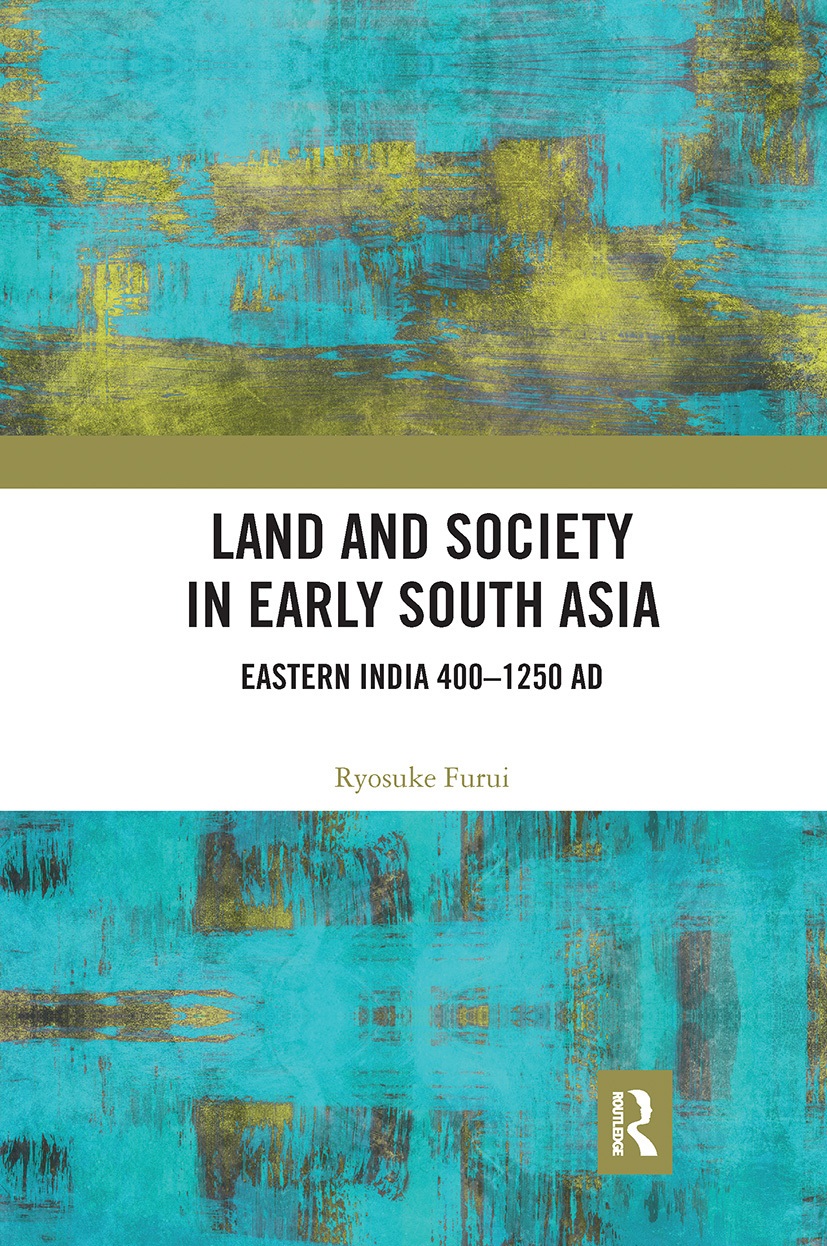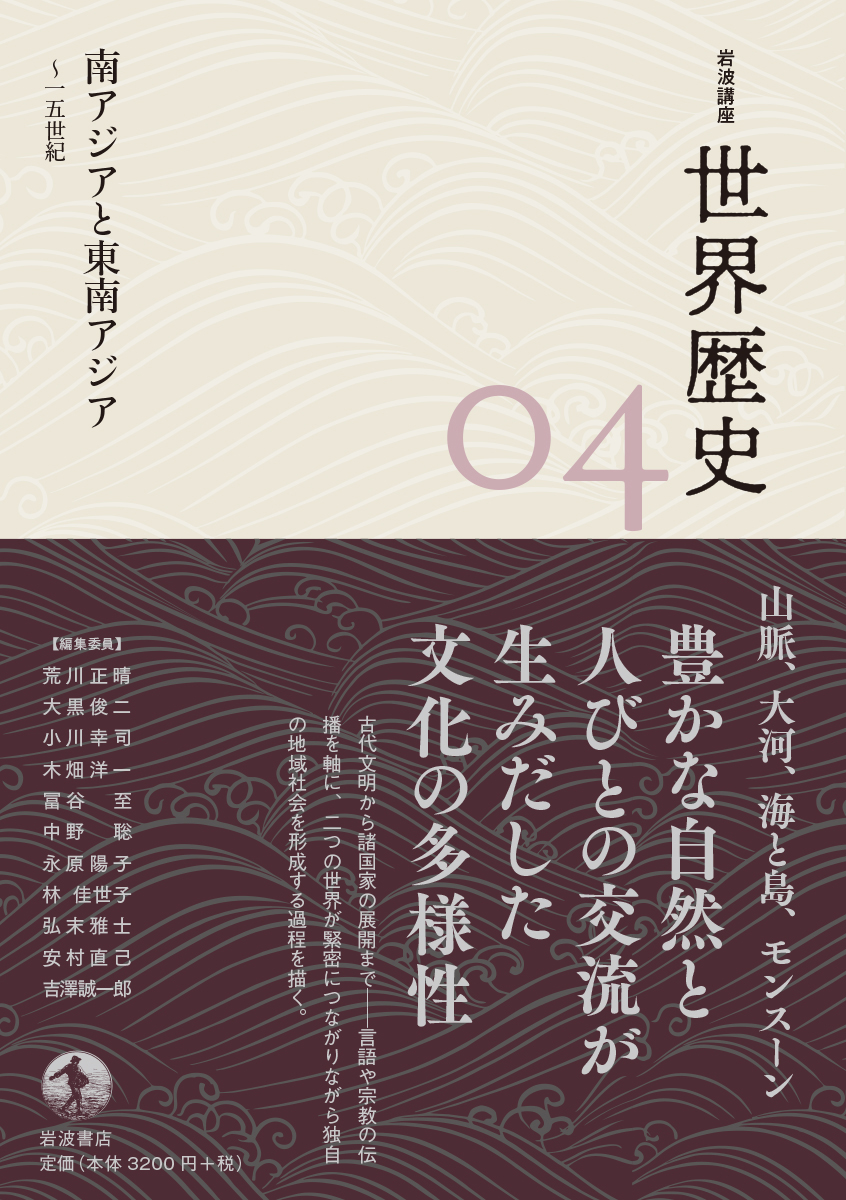
Title
Land and Society in Early South Asia Eastern India 400–1250 AD
Size
324 pages, hardcover
Language
English
Released
July 04, 2019
ISBN
9781138498433 (Global Edition, Hardback)
9780367785925 (Paperback)
9780367443542 (South Asia Edition)
Published by
Routledge
Book Info
See Book Availability at Library
Japanese Page
This work discusses the history of rural society in Bengal, the region which approximates present-day Bangladesh and the Indian state of West Bengal, with a focus on land and power relations connected with it. The main source of the research is inscriptions, especially copper plate inscriptions issued as charters of land or village (more precisely its income) donations for religious purposes. A characteristic feature of this work is the use of the inscriptions edited by the author, including unpublished inscriptions.
This book deals with the period known as “early medieval” in the current historiography of South Asia. This was the period when local kingships emerged in the diverse areas of South Asia and regions with their own languages, cultures and social structures were formed under their rule. It was characterized by the development of the political structure consisting of the king and his subordinate rulers, the hierarchical land relation and the jāti order, or caste system, peculiar to each region. Interpreting the historical changes in the period was one of the main themes of studies on South Asian history in the second half of the 20th century. The discussion, however, has been stagnant from 2000 onwards, partly due to the shift in research trends towards cultural history. To reinvigorate the discussion was among the reasons for writing this book.
In this book, I tried to describe the historical change of Bengal rural society as one caused by the interactions of agents embedded in particular conditions of the period. More precisely, dividing the period of my research into four, I capture interconnections between the power relations among diverse social groups and the forms of agrarian management and development in a period. I then delineate the orientations with which agents like peasants, landed magnates, literates, merchants, artisans, kingship, subordinate rulers, brahmins and religious institutions acted in these interconnections and how the interactions of these agents changed the interconnections. The several strands of historical change and their entanglement with each other is revealed, namely, the change of power relations in rural society; the dominance of kingship established through the growing contradictions within political power and its explosion; the stratification of agrarian groups and land relations; the organization of hereditary occupational groups towards a jāti order; the growth of brahmins as a group and their intervention in the processes of social reorganization; and finally, the agrarian development and commercialization of rural economy which constituted and were also constituted by those political and social processes.
As I stated in the preface of the book, the discovery of a single new inscription can easily shatter a widely accepted theory in studies on ancient and early medieval history of South Asia. Accordingly, the findings presented in this book form a hypothesis to be revised in the future, and it may even be my own discovery that would necessitate such a revision. Nevertheless, I am certain that this is the most plausible theorization thus far. I hope that the present work can contribute to the progress of studies on early medieval history of South Asia and beyond.
(Written by FURUI Ryosuke, Professor, Institute for Advanced Studies on Asia / 2020)
Table of Contents
Preface
Acknowledgements
List of abbreviations
1 Introduction
2 Geographical delineation
3 Rural society and inner contentions: c. 400-500 AD
4 Sub-regional kingdoms and landed magnates: c. 500-800 AD
5 Growing contradictions: c. 800-1100 AD
6 Towards Brahmanical systematization: c. 1100-1250 AD
7 Conclusion
Appendix: List of inscriptions
Select bibliography
Index
Related Info
Bhairabi Prasad Sahu, The Indian Economic and Social History Review, Volume 58, Issue 3 August 11, 2021)
https://doi.org/10.1177/00194646211023950
Dániel Balogh, Bulletin of the School of Oriental and African Studies, Volume 83, Issue 2, pp.359-360 July 23 2020)
https://doi.org/10.1017/S0041977X20002293



 Find a book
Find a book



